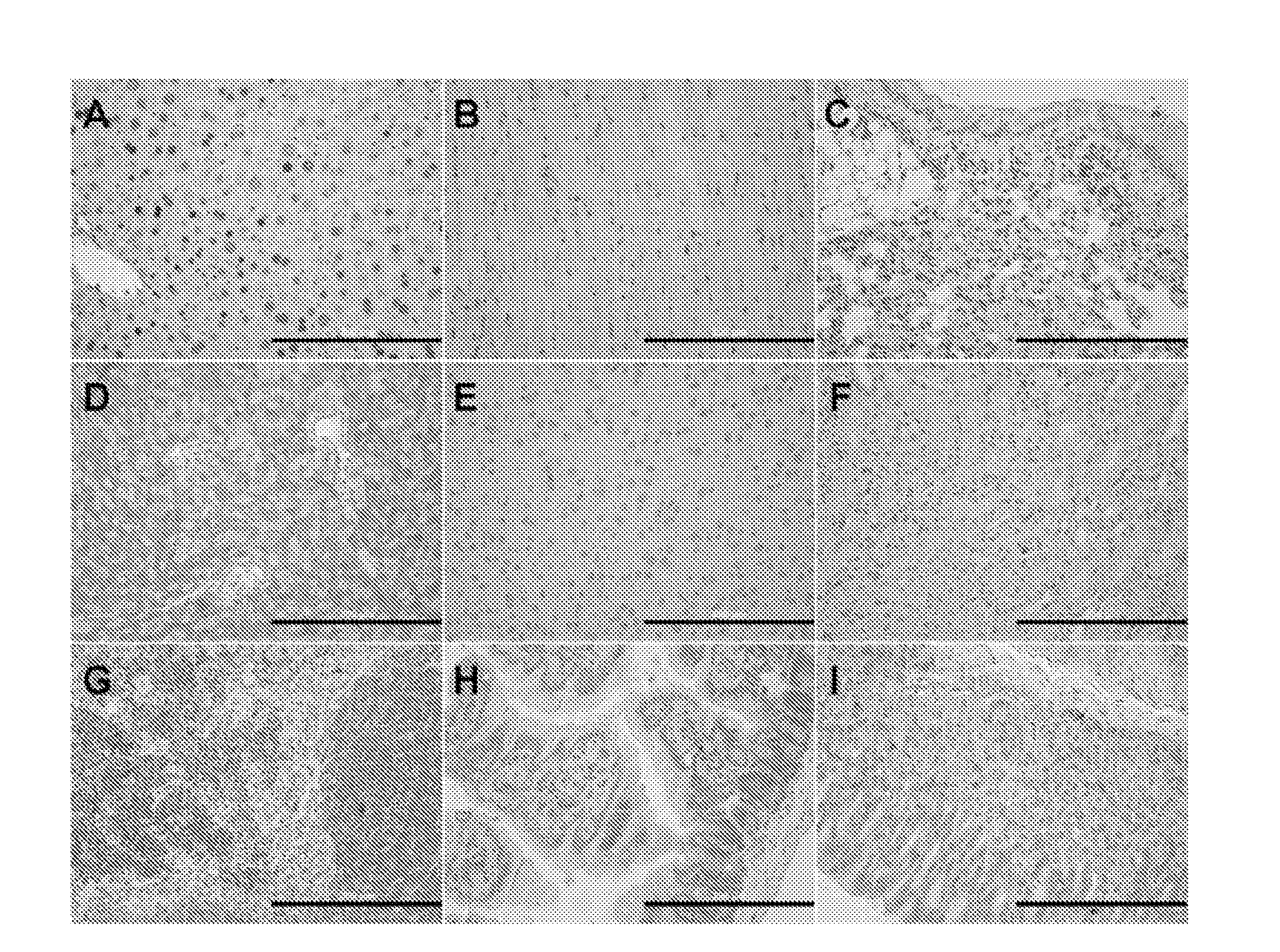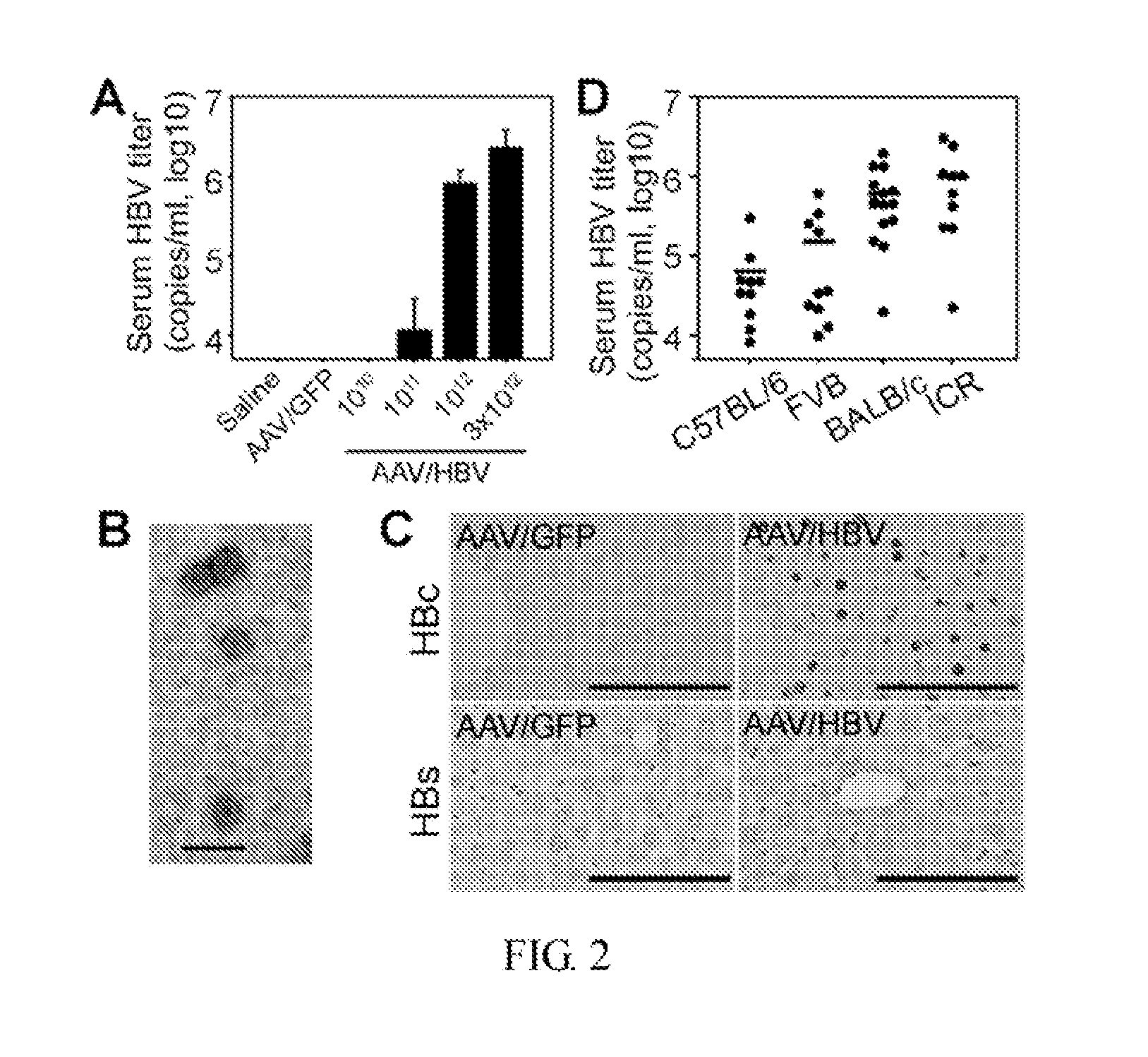Non-human animal disease model for hepatitis b virus-associated disease
a hepatitis b virus and non-human animal technology, applied in the field of animal disease models, can solve the problems of hampered progress in understanding the immunopathogenic mechanisms of hbv-associated liver diseases, high incidence of severe liver complications, and most difficult cancers, and achieve the effect of increasing cellularity and nuclear atypia
- Summary
- Abstract
- Description
- Claims
- Application Information
AI Technical Summary
Benefits of technology
Problems solved by technology
Method used
Image
Examples
examples
[0039]Without intent to limit the scope of the invention, exemplary instruments, apparatus, methods and their related results according to the embodiments of the present invention are given below. Note that titles or subtitles may be used in the examples for convenience of a reader, which in no way should limit the scope of the invention. Moreover, certain theories are proposed and disclosed herein; however, in no way they, whether they are right or wrong, should limit the scope of the invention so long as the invention is practiced according to the invention without regard for any particular theory or scheme of action.
Materials and Methods
[0040]Construction and production of AAV vectors. Plasmid pHBV1.3 (FIG. 1A), containing the 1.3-times overlength HBV genome (genotype D), was split at the CAG / G site between nucleotides 2192 and 2193, and a highly conserved synthetic intron inserted by PCR (Lai et al. (2006) “Synthetic intron improves transduction efficiency of trans-splicing aden...
PUM
| Property | Measurement | Unit |
|---|---|---|
| pH | aaaaa | aaaaa |
| pH | aaaaa | aaaaa |
| diameter | aaaaa | aaaaa |
Abstract
Description
Claims
Application Information
 Login to View More
Login to View More - R&D
- Intellectual Property
- Life Sciences
- Materials
- Tech Scout
- Unparalleled Data Quality
- Higher Quality Content
- 60% Fewer Hallucinations
Browse by: Latest US Patents, China's latest patents, Technical Efficacy Thesaurus, Application Domain, Technology Topic, Popular Technical Reports.
© 2025 PatSnap. All rights reserved.Legal|Privacy policy|Modern Slavery Act Transparency Statement|Sitemap|About US| Contact US: help@patsnap.com



